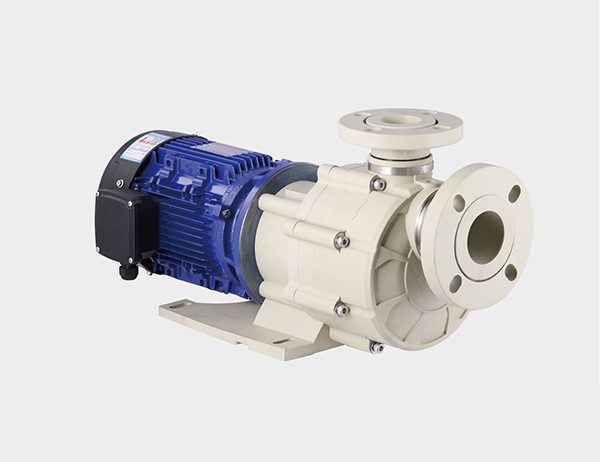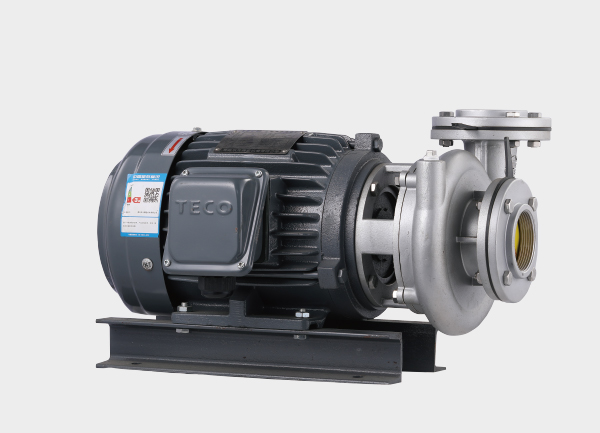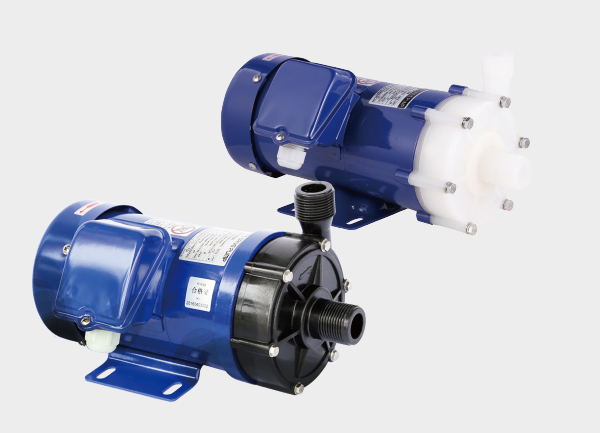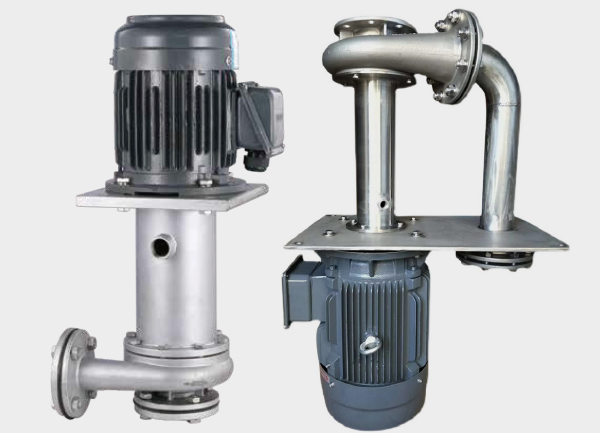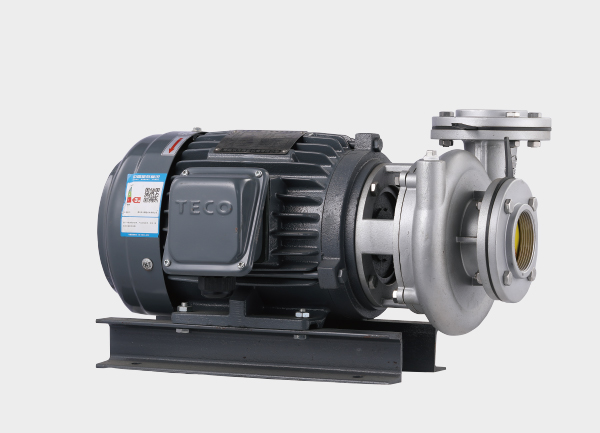Bearings are one of the core rotating components in a magnetic drive pump. When bearings wear out, they can cause increased vibration and noise, and in severe cases, lead to shaft seizure or complete pump shutdown. Understanding the root causes of bearing wear is essential to ensure long-term stability and reliability.

1. Lubrication-Related Causes
Insufficient Lubrication
Low lubricant level: Failing to regularly refill the lubricant as specified in the manufacturer’s manual or adding too little during installation can lead to direct metal-to-metal contact between rolling elements and raceways, accelerating wear.
Lubricant loss: Damaged or aged seals (such as oil seals or O-rings) or poor sealing between bearing housings can cause lubricant leakage. If the pumped medium leaks into the bearing chamber (for example, due to a damaged isolation sleeve), it can dilute or contaminate the lubricant, reducing its effectiveness.
Poor Lubricant Quality
Incorrect lubricant selection: Using lubricants with improper viscosity, temperature resistance, or anti-wear properties can cause premature degradation. For instance, using standard low-temperature grease in high-temperature applications can lead to melting and loss of lubrication.
Contaminated lubricant: Dust, particles, or process fluid (especially corrosive or abrasive media) entering the bearing chamber can contaminate the lubricant. Hard particles act as abrasives, grinding the rolling elements and raceways and causing abrasive wear.
2. Load-Related Causes
Excessive Axial Load
Impeller imbalance or installation error: Uneven impeller wear, thickness variation, or poor alignment with the shaft can generate excessive axial thrust. In multistage magnetic pumps, unbalanced axial forces between stages that are not properly compensated will transmit directly to the bearings.
Process condition variations: If the actual medium density or viscosity is higher than the design value, or the outlet pressure suddenly increases (e.g., due to pipeline blockage), axial force rises dramatically, putting the bearing under overload and accelerating wear.
Radial Overload
Piping stress: Improperly installed suction or discharge piping (e.g., misalignment or bending) can impose radial forces on the pump casing. These stresses are transmitted to the bearings, increasing radial load.
Impeller imbalance: Manufacturing defects, uneven weight distribution, scale buildup, or impeller damage (such as blade fracture) can cause centrifugal imbalance. The resulting periodic radial impact forces will lead to accelerated bearing wear.
3. Installation and Maintenance Causes
Improper Installation
Incorrect bearing mounting: Using forceful hammering during installation can deform the inner or outer ring or damage the raceways. Incorrect fit tolerances (too tight or too loose) between bearing rings and shaft or housing can cause excessive friction and wear.
Misalignment: Poor alignment between the pump shaft and motor shaft, or misaligned inner and outer magnetic couplings, can generate periodic radial or axial forces that transfer directly to the bearings.
Poor Maintenance Practices
Lack of regular inspection: Failing to monitor bearing condition (temperature, noise, or clearance) can allow early wear signs to go unnoticed, leading to severe damage.
Improper startup after downtime: Restarting a pump after long-term shutdown without checking lubrication or replacing aged grease can cause the bearings to run under poor lubrication conditions, accelerating wear immediately upon startup.
4. Material and Environmental Causes
Inappropriate Bearing Material
Incorrect material selection: Using standard carbon steel bearings in corrosive media instead of stainless steel or ceramic bearings can result in corrosion, pitting, and surface spalling.
Material defects: Impurities, porosity, or improper heat treatment during manufacturing can reduce bearing hardness or toughness, leading to premature wear or cracking.
Harsh Working Environment
Dust contamination: In dusty environments, particles can enter the bearing through seal gaps and mix with lubricant, causing abrasive wear.
High ambient temperature: Operating above the bearing’s rated temperature can reduce lubricant viscosity and cause oxidation, diminishing lubrication performance. High temperature can also weaken the bearing material, increasing the risk of deformation and wear.
Conclusion
Bearing wear in magnetic drive pumps is usually the result of insufficient lubrication, overload, installation errors, or unsuitable material selection. Regular maintenance, correct lubricant choice, proper alignment, and the use of corrosion- and temperature-resistant materials can significantly extend bearing life and ensure stable pump operation.


